Making CAC Visible — Phenotyping with CT, Function, and PROs
Part 3 is a practical guide to phenotyping in clinic. Combine CT body composition, simple functional tests, and patient-reported outcomes (PROs) to sort patients into actionable patterns—fat-first loss, muscle-first loss, or mixed—and intervene earlier.
3 takeaways
- CT at L3 quantifies skeletal muscle, subcutaneous fat, and visceral fat—and approximates muscle quality.
- Function + PROs (chair stands, stairs, grip surrogate / appetite, fatigue, nausea) drive real decisions.
- Track longitudinally (pre-treatment → mid-cycle → evaluation). The first compartment to drop hints at the right support.
1) CT body composition: quantify both “amount” and “quality”
Using a single axial slice at the L3 level on routine abdominal CT, you can quantify skeletal muscle (SKM), subcutaneous adipose tissue (SAT), and visceral adipose tissue (VAT). Low muscle radiodensity reflects poorer muscle quality.
Operations tip: Standardize slice thickness, contrast phase, and HU thresholds in your site. For longitudinal comparisons, keep acquisition conditions consistent.
- Lower SKM amount tracks with functional loss and toxicity risk.
- Early SAT/VAT loss signals energy depletion and stronger appetite/inflammation drivers.
- Lower muscle quality suggests lower strength efficiency—escalate resistance training and protein strategy.
2) DXA/BIA vs CT, and AI auto-segmentation
- DXA/BIA: Low-burden whole-body trends—great between cycles.
- CT: Precision quantification and quality metrics—leverage scans you already obtain.
- AI segmentation: Improves speed/reproducibility—lock the algorithm and reporting template for longitudinal use.
3) Function: a 3-minute snapshot of strength and endurance
- Chair stands (30 sec or 10 reps): record count and perceived effort (0–10).
- Stairs (2 flights): note new breathlessness with a 0–10 rating.
- Grip surrogate: pinch test if no dynamometer is available.
- Walking: 5-m walk or 6MWT when feasible; steps at home if not.
4) PROs: quantify appetite, fatigue, and nausea
Use the same scales repeatedly to catch turning points for intervention. A simple 0–10 line for appetite/fatigue/nausea works; in clinic, summarize the two-week average.
Pragmatic hack: At home, one-line daily scores for appetite, activity, and mood; in clinic, review the two-week trend.
5) Phenotyping: match support to the pattern
Not all weight loss is equal. Distinguish the first and fastest-shrinking compartment to set priorities.
Fat-first loss
- Early SAT/VAT decline on CT
- Prominent appetite loss/nausea
- Action: Strengthen antiemetics and appetite support; prioritize energy replacement and dietitian input.
Muscle-first loss
- SKM drop and low radiodensity
- Worse chair stands and stairs
- Action: Early resistance training + protein-forward plan; rehab referral.
Mixed loss
- Both fat and muscle decline
- PROs show fatigue + appetite loss
- Action: Multi-modal support sooner and stronger; review medications driving anorexia.
6) Think longitudinally: sync with treatment milestones
- Baseline: CT + function + PRO before therapy.
- Mid-cycle: Align changes with regimen shifts/adverse events.
- Evaluation: Has the pattern flipped (fat → muscle)? Adjust the plan.
Patterns can shift over time. Avoid static labels; treat the current phenotype.
7) Pitfalls and safeguards
- Non-standard CT protocols: Standardize and document.
- Over-trusting one time point: Compare at least two, ideally three.
- Weight-only views: Always pair with function and PROs.
- Dashboard overload: Keep to three axes—composition, function, PROs.
8) Mini-dashboard template (clinic-friendly)
[Composition] L3: SKM xx cm² (Δx%), SAT xx (Δx%), VAT xx (Δx%), radiodensity(±) [Function] Chair stands 10 reps effort a→b/10; stairs breathlessness(±) [PROs] Appetite a→b / Fatigue a→b / Nausea a→b (0–10) [Pattern] Fat-first / Muscle-first / Mixed (circle one) [Plan] Nutrition / Exercise / Symptom care / Medication changes
My Perspective
Shifting the center of gravity from “weight” to composition + function + PROs upgrades clinic decisions. In particular, fat-first vs muscle-first trajectories call for different first moves. CT isn’t the answer—it’s a compass. A compact dashboard that respects the patient’s current phenotype helps us act faster and more precisely.
Next in the Series
Part 4: “What Breaks in CAC? — Human Evidence on Appetite, Metabolism, Fat & Muscle.” We’ll link central drivers (e.g., GDF15) and metabolic/inflammatory pathways to the clinical patterns you just learned.
Edited by Morningglorysciences
Related Article
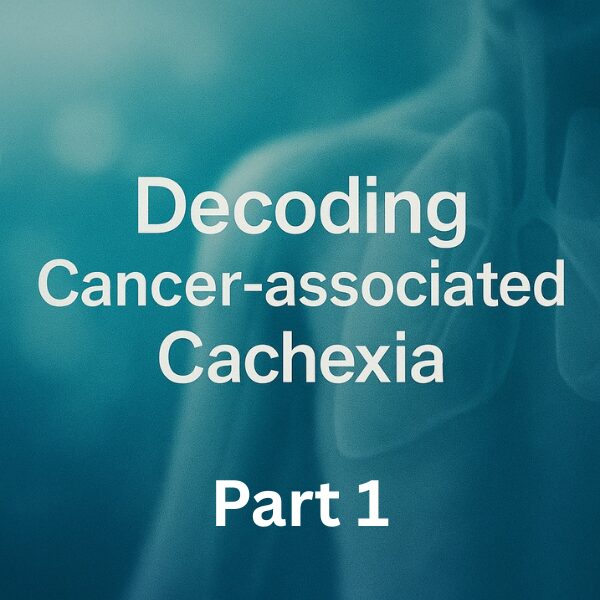

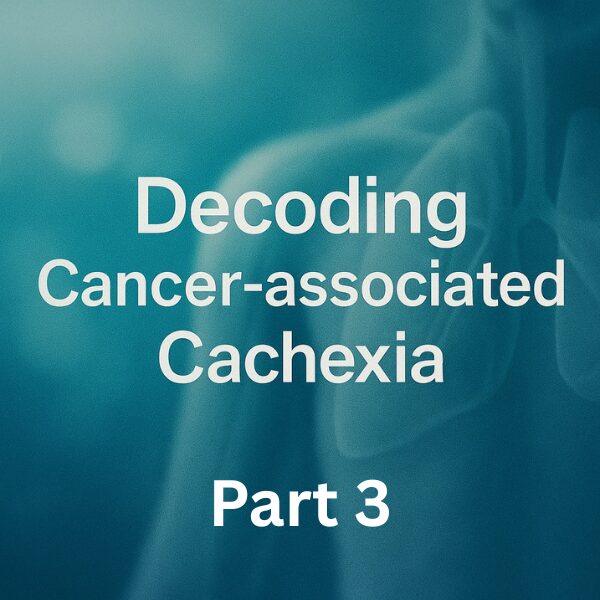


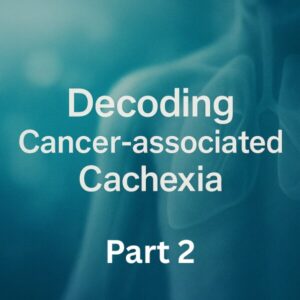
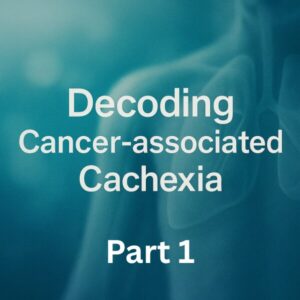


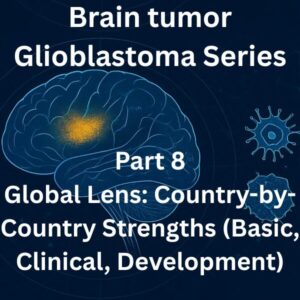
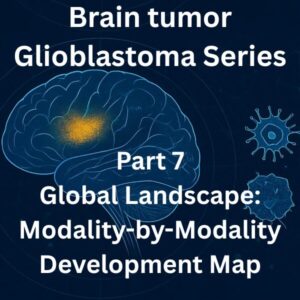
Comments